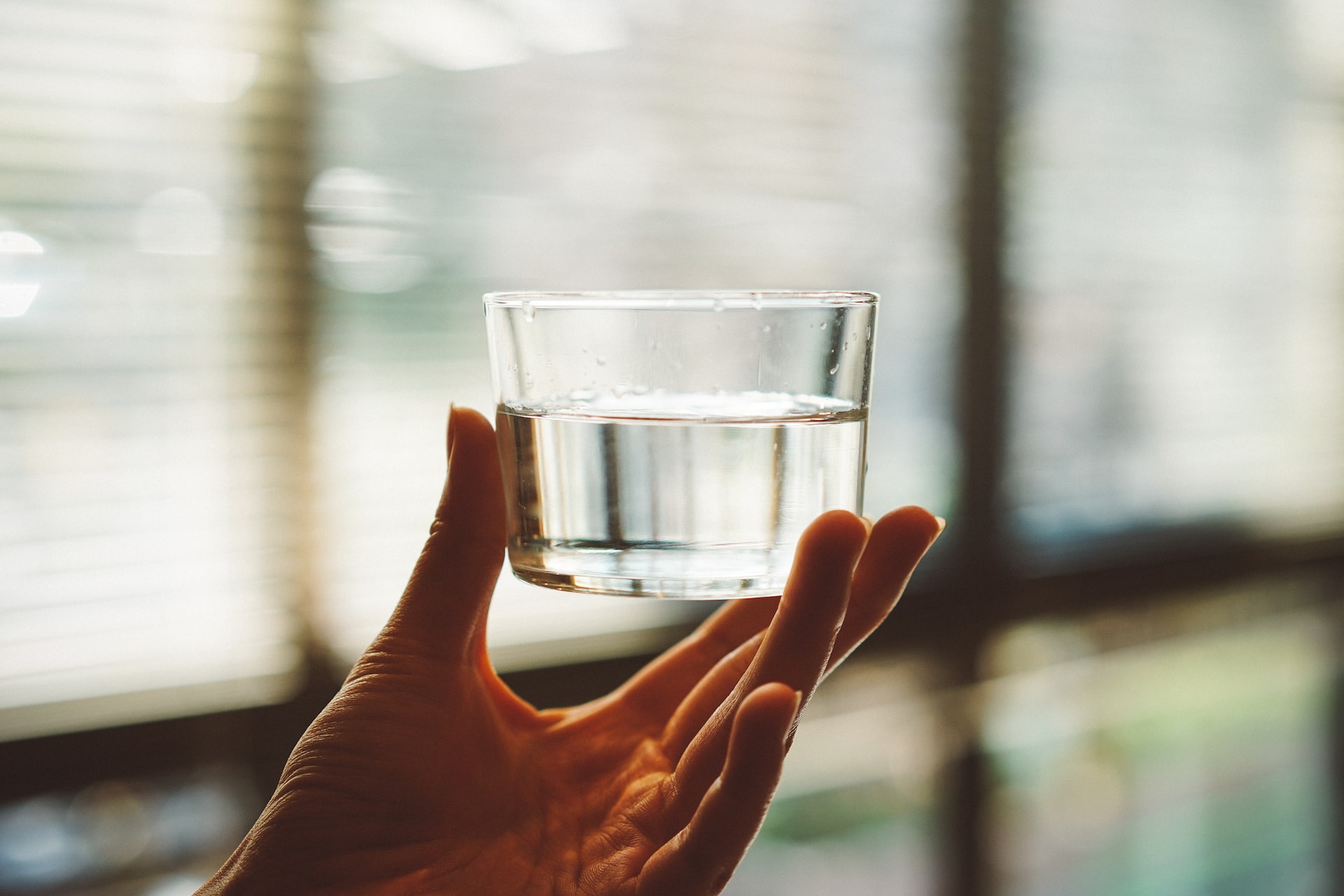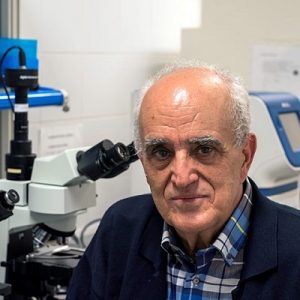BLOG | Bluephage
“The water we drink will affect our health, and, at the source level, its quality will not improve in the future.”

Interview with Francisco Lucena on the update of the European Drinking Water Directive that incorporates somatic coliphages to assess the different processes quickly and easily.
The new European Drinking Water Directive is updated to establish new standards for drinking water to protect public health from the adverse effects of contamination, ensuring that water intended for human consumption is safe and clean.
What is the context of this update, and how would you define drinking water quality in Europe?
Drinking water directives are crucial for public health, as they control water quality. This new update of the European Drinking Water Directive comes after 20 years in which scientific information and technological advances have evidenced that it needs to be improved.
Suggestions from the WHO, the U.S.- E.P.A., and the European Union have also made it possible to update a complex regulation that covers many areas but remains a minimum standard.
And it is a minimum standard because, although health is one, the socioeconomic contexts in which the regulation is developed are very different, and it describes the minimums that each country must meet to ensure food safety in Europe. Therefore, no UE member State can value less than this standard, and those who can exceed it will be able to do so.
It should be considered that standards are made to be met and are always under constant revision. This update has been made with current knowledge, and the precautionary principle is applied for everything about which we do not yet have sufficient knowledge until the next update.
Currently, one of the focuses of interest is on microplastics, and the regulation, as of today, can only assure that microplastics are a problem and asks member states to study and evaluate them, and as the directive foresees revisions, in five or six years, we will have more knowledge to give values and regulate on them.
Finally, somatic coliphages are considered new indicator parameters for fecal and viral water contamination in the New Drinking Water Directive. Why do you think that viral indicators have been introduced, and do you agree with the resolution of the situations and measures in which their monitoring should be applied?
Coliphages have been generating knowledge in the scientific field for many years and have maintained their notoriety and relevance over time as parameters that provide complementary information quickly and cheaply.
The theory that the M.A.R.S. Group has always defended is that to control purified water, it is necessary to do it with simple methods and make many controls, which is the advantage of using somatic coliphages.
In the current regulations, Escherichia coli (E. coli) and intestinal Enterococcus are maintained as quality control, but the problem is that they are two bacteriological parameters that give redundant information since they are two microbiological parameters that measure the same thing. So, our position has always been to measure simple parameters that are complementary and not redundant.
Contamination indicator bacteria work well, but we should use other more conservative parameters, such as somatic coliphages, to get more information and improve water quality monitoring.
Bacteria report bacterial pathogens, and coliphages report viral contamination of water.
What other positive developments do you see in the new European water regulations, and what aspects are missing or could be improved to ensure water quality?
The M.A.R.S. group believes that somatic coliphages should be included in the new regulation as an additional water quality control parameter. However, in this new update, they have only been added to the evaluation system.
Until 20 years ago, water was potable if it tested zero for Escherichia coli (E. coli) and Enterococci. However, sometimes it did not indicate zero risk, and it was unknown what to do with this data. Critical point analysis and control systems have been introduced in recent years to avoid these situations. It consists of establishing a risk analysis system throughout the water treatment process to see what must be done to achieve a final product that meets the established quality requirements.
There is no such thing as zero risk; in this case, the European Union defines what is considered an acceptable risk, i.e., what is acceptable and does not endanger public health.
It is a question of risk perception, and the job of scientists in this process is to determine what risk occurs, calculate it and communicate it to society. We can reduce the risk from one in a million to one in a billion, but that has a cost at the water treatment level in this case.
In the case of water, the raw material goes through different processes to become potable, and what the regulation says about somatic coliphages is that these indicators should be used to assess the different processes quickly and easily. So, if we have a risk analysis, this is preventive during water production. It is an a priori assessment to evaluate if the processes are working to guarantee final water quality.
To what extent do the effects of climate change, such as water warming or uncontrolled flooding, favor the emergence of new viruses causing waterborne diseases or a greater virulence of existing ones?
Water will be a scarce and possibly more expensive commodity in the coming years. Therefore, we must increase control parameters if we want to maintain the same quality and food safety.
Water will not improve, and we must improve treatment and increase quality controls to guarantee its quality.
Investing in water distribution systems will also be necessary since water is modified in contact with the surfaces that distribute it, and its organoleptic characteristics may vary. However, we must be sure that it is not contaminated at the microbiological level, as in the case of Legionella. It is, therefore, necessary to establish water quality control systems both at the outlet of the treatment plant and at the consumer’s tap.
In the case of the implementation of a circular water economy, it must be considered that reclaimed water comes from wastewater generated in cities and industries, so it is guaranteed water in terms of its flow rate, but the reclamation process is expensive. It all depends on the use we want to give it. We can use it for agriculture, street cleaning, or refrigeration, but never for direct human consumption. Reclaimed water is a product for which we have enough information to enter into the water cycle equation. With optimal treatment, we can return it to the natural environment, not to the sea, without polluting and contributing to ecological watercourses and increasing surface water flows.
In the natural water cycle, there is something called water quality, and it is inherent to the point at which it is found. Ecological systems have ecological inertia, and if there is a change by inertia, water always returns to its original form. Human activity causes a change in quality, and we call that pollution. Until 150 years ago, ecological systems returned by inertia to their initial state, and pollution systems were mitigated. But since then, there has been such a concentration of humans and human activities that the ecological systems are unable, by inertia, to return to their natural state, and the pollution is permanent. We are currently trying to mitigate this pollution and, in fact, in the successive revisions of the water quality regulations, treatments and controls will be increased to minimize pollution.
Does the adoption of coliphage analysis cause a significant workload on a day-to-day basis, or are there technologies that make it easier to perform the methods and obtain results?
The water we drink will affect our health, and, at the source level, its quality will not improve in the future. Therefore, we must have quick and easy control systems that allow us to know if we are doing things right.
Fecal indicator bacteria are non-conservative parameters, they tend to be eliminated in the natural environment faster than somatic coliphages, and with increasing water temperature, they will be even more vulnerable. Somatic coliphages are considered semi-conservative parameters because they are more resistant at natural temperatures and take longer to inactivate than bacteria in the environment.
As semi-preservative parameters, the analysis of coliphages is easier for a laboratory because it can be performed on a sample collected the day before.
Bluephage offers a fast, effective and simple solution to perform fecal and viral water contamination monitoring, with kits that have all the material already incorporated and are ready to use. This will facilitate and speed up laboratory work and enable early detection of possible microbiological contamination in water. In the context of climate change, speed in performing analyses and obtaining results will be a crucial factor in public health prevention.

Francisco Lucena is a former Professor of Microbiology at the University of Barcelona. Former Director of the consolidated research group MARS. Field of research: basic and applied microbiology of water. Evaluation of the use of coliphages as model microorganisms and in the development of methods for the detection of human viruses and protozoa in water and sludge.

